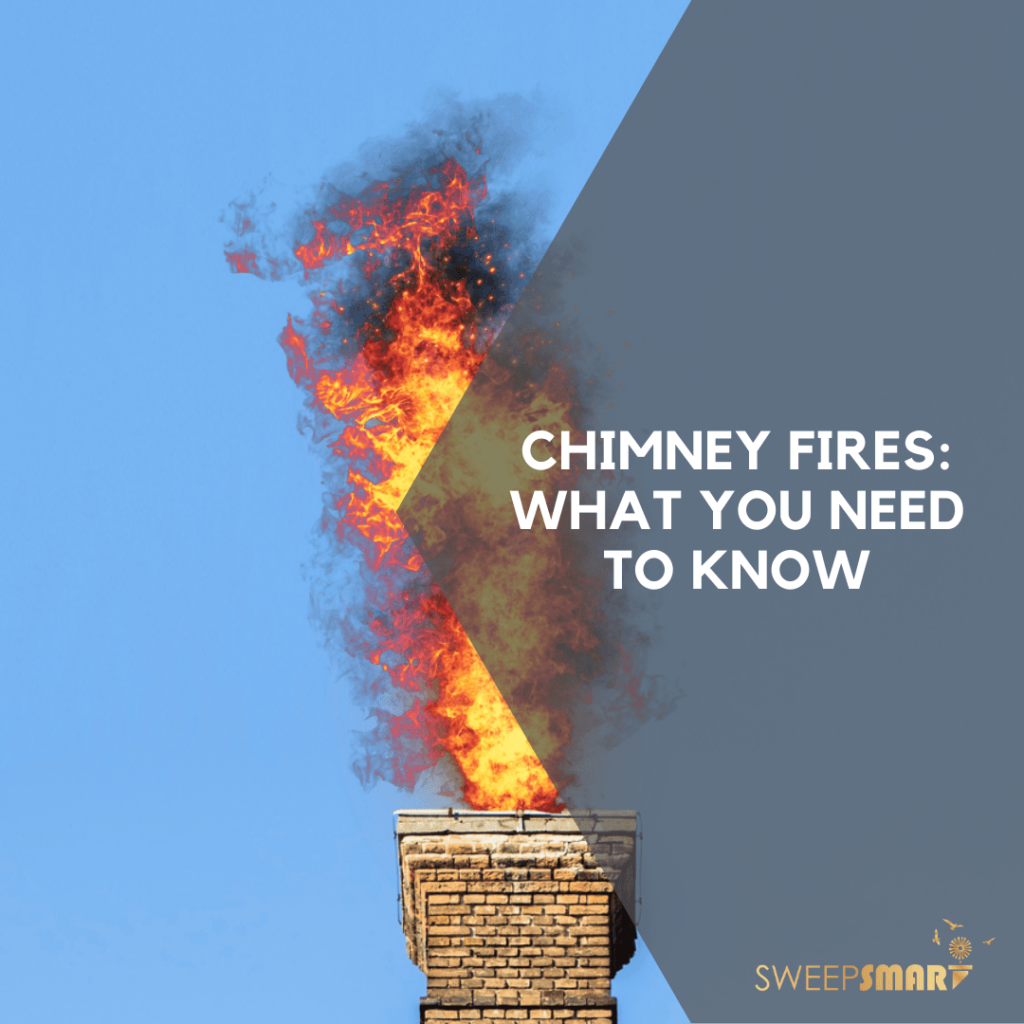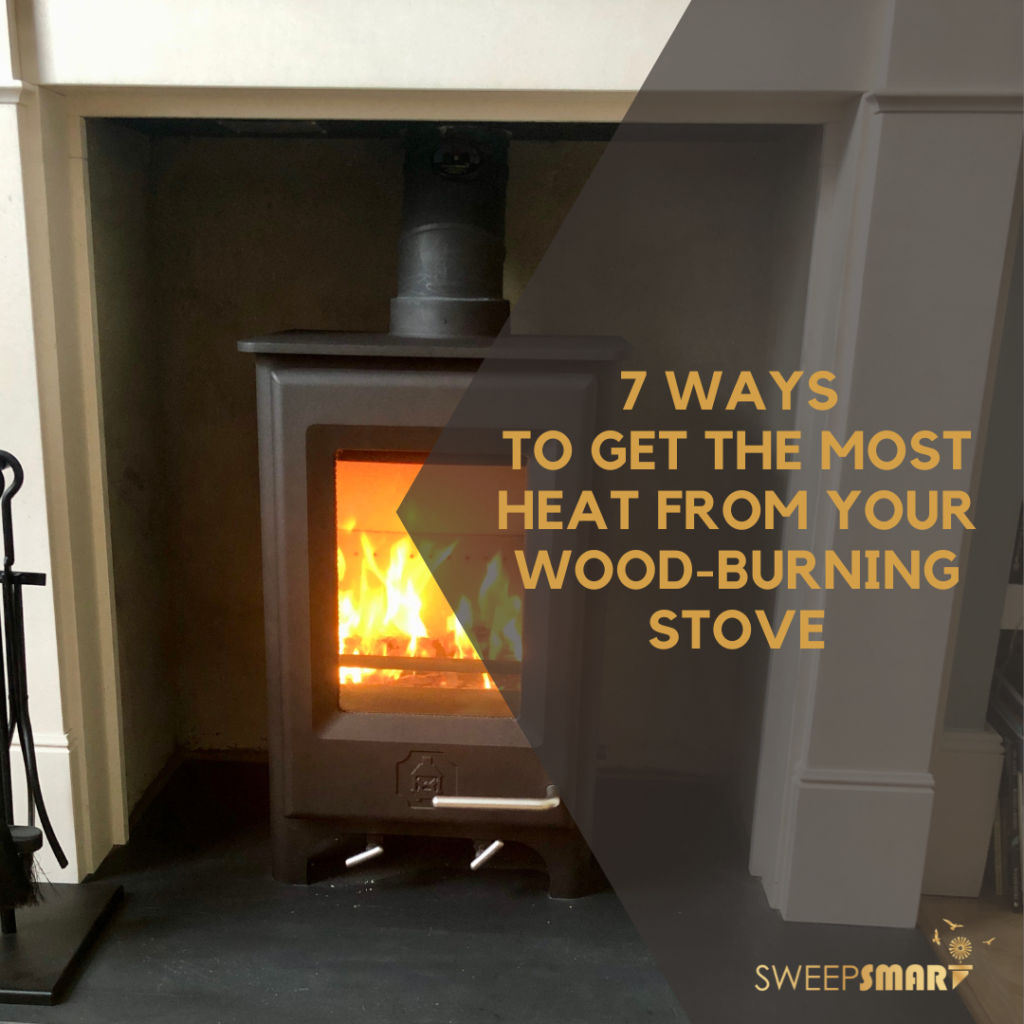- BY Sweepsmart
- POSTED IN Technical
- WITH 0 COMMENTS
- PERMALINK
- STANDARD POST TYPE

It’s that time of the year when everyone craves the natural warmth of a log burner. They’re incredibly comforting and a wonderful addition to any home. But whether you’re a current wood burner owner or are considering purchasing one, you might have one question on your mind.
What’s the best fuel for wood burners?
It’s a question worth asking, because not all wood is equal. Some species are better than others when it comes to wood burner use thanks to their heat output, ease of ignition, and flame length.
In today’s blog, we’re going to take a look at the different types of fuel you can source for your burner and consider what might be best for you.
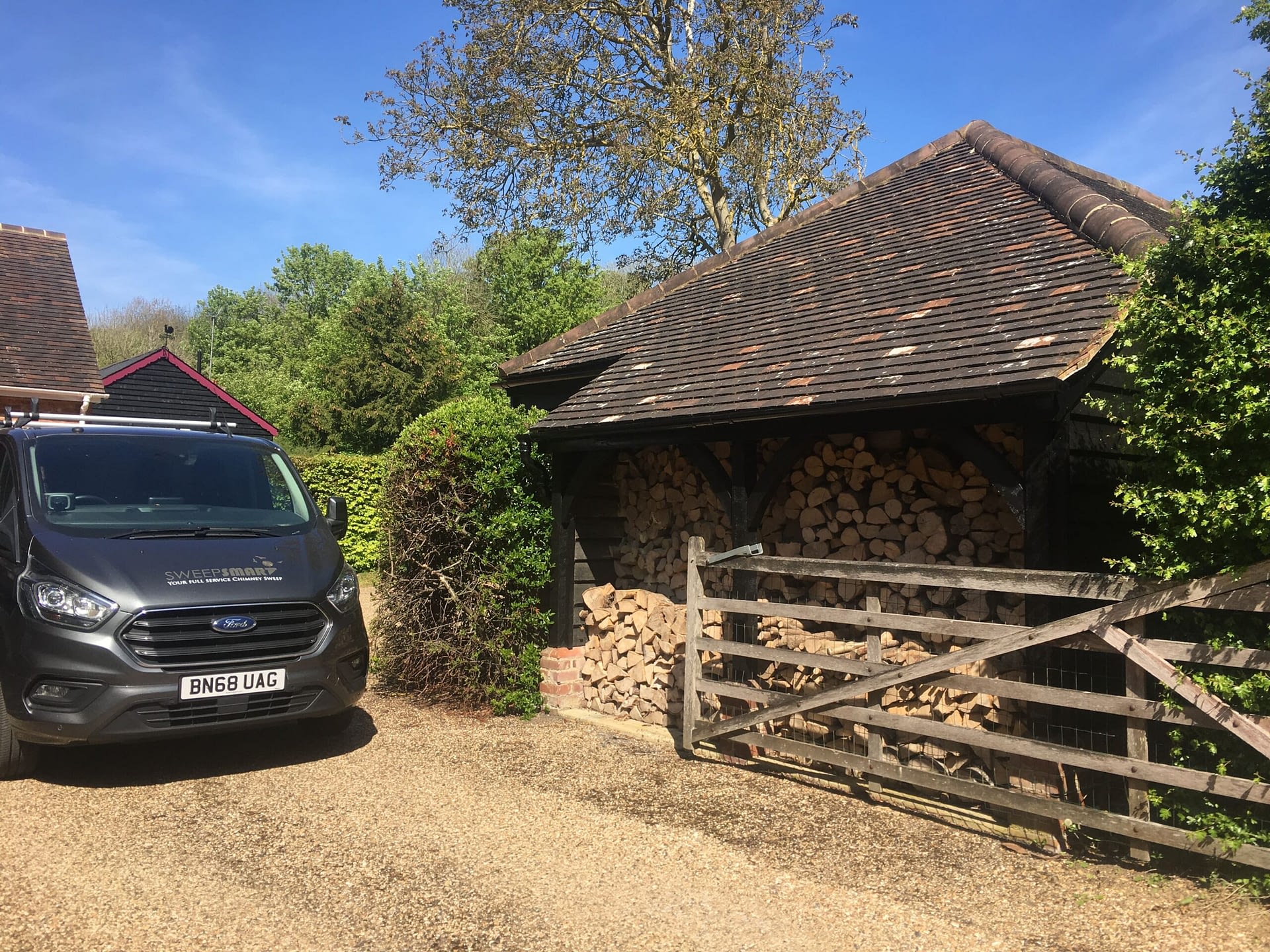
What types of wood burner fuel are available?
There are two main types of logs you’ll want to use on your wood burner:
- Softwood (less dense and therefore contains less energy); and
- Hardwood (grows slower than the above but contains more energy).
They both play very important roles when it comes to wood burners, but you need to get your head around the ways in which they’re used.
You can’t just do it with wood, though. To start a decent fire, you’re best off using natural firelighters which are made from wood shavings. They’re odourless (unlike their man-made counterparts), easy to light, and produce a strong flame that lasts a long time.
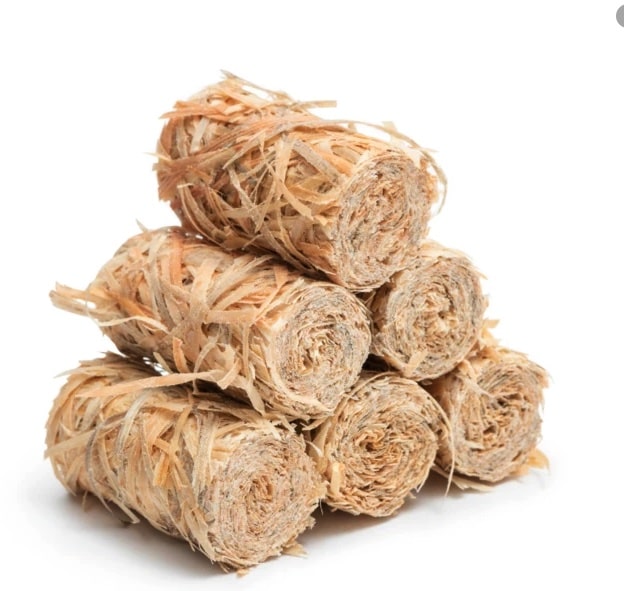
What type of wood to use for fuel?
There are lots of types of wood you can use to fuel your wood burner. They all have their own characteristics, which means it’s important to experiment as much as you can.
The best types of wood to use for a wood burner are as follows:
- Ash: offers good heat output and a great flame and burns slowly.
- Birch: lights very easily, but burns quickly, so best paired with one of the slow burning logs in this list.
- Hawthorn: burns really well, produces great heat, and produces very little smoke.
- Hazel: achieves a nice flame but burns quickly.
- Hornbeam: also produces a nice flame and burns well.
- Oak: burns very slowly and lasts longer than most logs with only a small flame.
It’s important to keep in mind that, whatever logs you use, they shouldn’t be too large. Best practice is to split them into five-inch-wide segments. This will provide great, long-lasting heat, and result in less wasted fuel or pollution compared to large logs.
How long should wood be left to dry out?
The moisture content within wood is around 20% before you start burning it (and if you’re wondering, this can be measured with a moisture meter).
This is why it’s extremely important to consider how you store your wood. If you’re using seasoned wood, it’s best split and stacked in a well-ventilated log store. The wood should then be left to dry naturally so that it reaches below 20% moisture content.
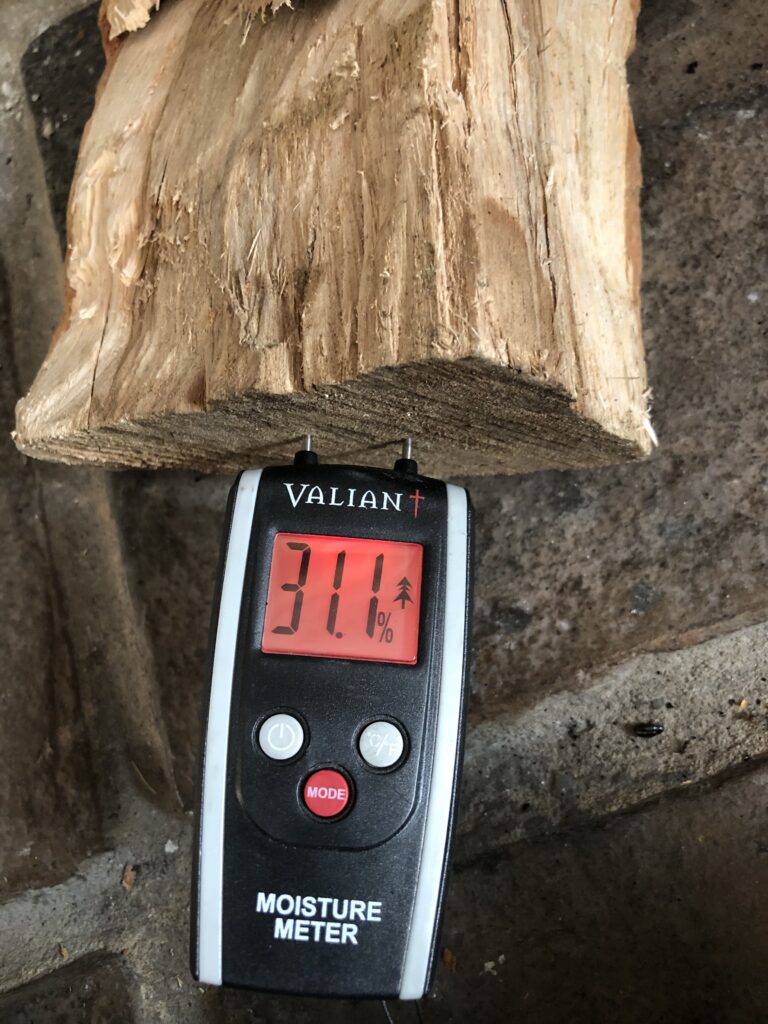
Some moisture meters have a ‘Traffic-Light” indicator
The length of time you need to leave your logs for depends very much on the species of wood. For instance, oak can take as long as two years to fully season, but other species can achieve this in 12 months or less when stored properly.
Oh, and if you’re wondering, seasoned logs remain the most environmentally friendly option.
What about kindling?
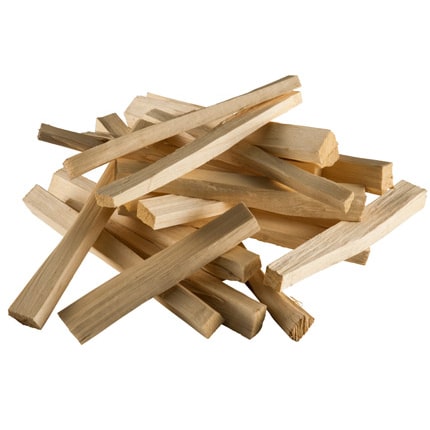
You can’t get a decent wood burner fire going without kindling.
Hardwood is a more efficient fuel source, but it’s often difficult to ignite. This is why it’s best to use softwood to get any fire stared.
Softwood is much easier to light and burns nice and quickly. Once you have the fire going with softwood kindling, you can then turn to hardwood to maintain the flames and encourage a good heat output.
We hope you’ve found this mini guide useful.
Remember, if you have any issues relating to your chimney, flue, or anything connected to your wood burner, get in touch with the SweepSmart team.


